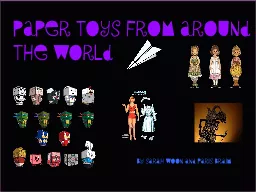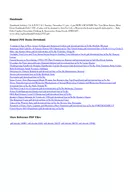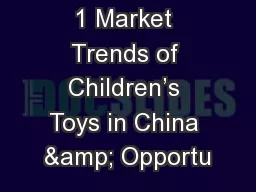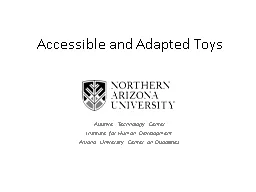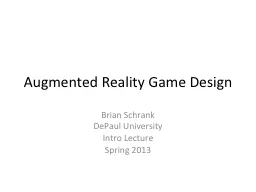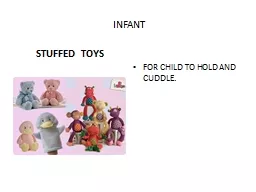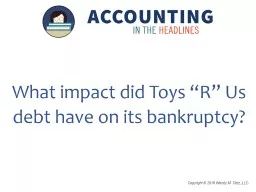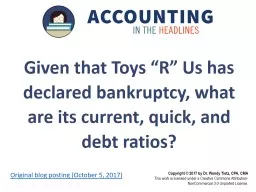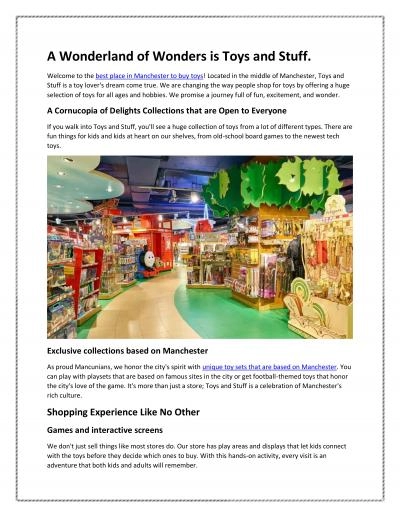PPT-Paper Toys From
Author : trish-goza | Published Date : 2016-04-22
around The World By Sarah Woon and Paris Braim What are paper toys Paper toys are as the name suggests made out of paper T here are many different styles ranging
Presentation Embed Code
Download Presentation
Download Presentation The PPT/PDF document "Paper Toys From" is the property of its rightful owner. Permission is granted to download and print the materials on this website for personal, non-commercial use only, and to display it on your personal computer provided you do not modify the materials and that you retain all copyright notices contained in the materials. By downloading content from our website, you accept the terms of this agreement.
Paper Toys From: Transcript
Download Rules Of Document
"Paper Toys From"The content belongs to its owner. You may download and print it for personal use, without modification, and keep all copyright notices. By downloading, you agree to these terms.
Related Documents

